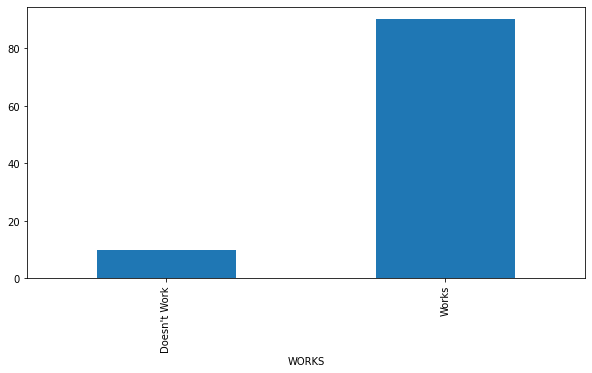Often times, we are on a very tight schedule in terms of project deliverables, especially when the project has a big built-up area and is a fast track project.
Since the introduction of Dynamo in Revit, things have changed in the engineering design business. Tasks that used to take hours can now be performed in minutes using simple automation codes. But, what if we can take this to the next level with even smarter codes and observations using data science that extend to other future projects?
A couple of months ago, I decided to take that step. First, I joined the masters degree program in data science at the University of Nicosia as a part-time student while remaining as a full-time telecom design engineer at Dar. In addition, I found an amazing course on edX by assistant professor Clayton Miller at the National University of Singapore. The course title is: Data Science for Construction, Architecture and Engineering. If you are thinking about taking your first steps in data science, don't hesitate to take the course.
After two months of learning, I'm glad to share with you my first humble data science project that saves 85% of the design time for the fire detection system.
Data pulled from several BIM projects:
2,630 Rooms (Room name/type and area)
First observation: Over 95% of rooms have an area below 82 m2.
Second observation after further filtering: Over 85% of rooms require a smoke detector and an above false ceiling smoke detector.
What this means in terms of applications:
A simple automation code was developed using Dynamo/Python that finds the rooms with an area of 82 m2 or less and provides them with a smoke detector and an above false ceiling detector. Saving 85% of the time required to do the fire detection design, thanks to the above observation of data.
The code was used for a project in KSA which had a very tight schedule and was delivered before the due date.
The application of this observation can also extend to performing cost estimates for future proposals since we can now estimate that smoke detectors take up more than 85% of all the detectors used.
Your feedback is highly appreciated.
Regards,
Edmond



